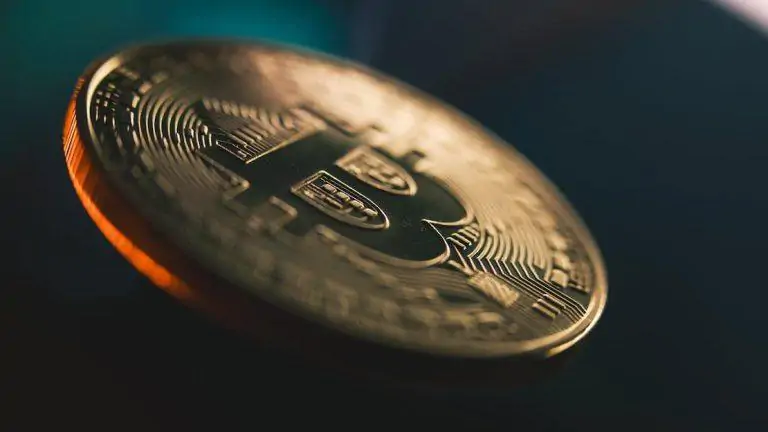Greece has made significant efforts to adopt a tax policy on crypto assets as the use of cryptocurrencies grows globally. In January 2025, the Greek government introduced new tax regulations for cryptocurrency transactions.
26.03.2024

In the world of cryptocurrencies, Bitcoin halving is a significant event that is often talked about, but not always fully understood. This process, which occurs approximately every four years, not only relates to the technical aspects of the blockchain but also has a substantial impact on the cryptocurrency economy and its future development. To understand what halving crypto is and how it shapes the landscape of the Bitcoin ecosystem, let’s delve into the details of this phenomenon.
Bitcoin halving is the reduction of the reward for mining a new block in the blockchain by half. It occurs every 210,000 blocks, approximately once every four years.
Four simple answers to the main questions about halving
Why is halving necessary?
Halving in Bitcoin serves several purposes and creates incentives for further network development:
Control of inflation: One of the key aspects of Bitcoin is its limited supply. There can only ever be 21 million coins created. Halving helps manage the issuance of new bitcoins by reducing the rate at which new coins are created over time. This limits inflation and makes Bitcoin akin to precious metals like gold, whose supply is finite.
Establishment of long-term price dynamics: Many investors view halving as a fundamental event that can impact the Bitcoin cycle in the future.
Stimulation of mining: Halving also incentivizes competition among miners. As the block reward decreases, miners must strive to increase the efficiency of their work to remain profitable. This can lead to innovations in mining hardware and energy-saving methods.
How does halving affect mining and miners?
Halving also affects the distribution of mining power in the Bitcoin network. As the mining reward diminishes, miners must ensure their profitability and efficiency to continue their operations. This helps to more widely distribute mining power among various network participants and increase its decentralization.
Although halving may create additional pressure on miners in terms of reducing their income in the short term, many miners understand the importance of this event for the long-term sustainability and value of Bitcoin. Additionally, many miners can offset the reduction in mining rewards by improving the efficiency of their equipment or using innovative strategies to remain competitive.
Bitcoin halving effect on price
Increased attention and interest: Halving is an event that often attracts the attention of the cryptocurrency community and investors to Bitcoin. This is due to public discussions about its market impact, media coverage, and discussions on social media. Increased interest can stimulate demand for Bitcoin and, consequently, support its price.
Economic expectations: Many investors react to halving based on their expectations regarding future changes in the price of Bitcoin. If investors expect halving to lead to a price increase, they may buy Bitcoin before the event, creating additional demand and potentially driving up the market.
While halving is a fundamental event for Bitcoin, its impact on the price can be complex and multifaceted, and it does not always result in an immediate price surge. However, in the long term, many analysts believe that halving can create favorable conditions for Bitcoin price growth.
How many bitcoin halvings are left?
Bitcoin halvings have occurred three times already: in 2012 (from 50 to 25 bitcoins), 2016 (from 25 to 12.5 bitcoins), and in 2020 (from 12.5 to 6.25 bitcoins). The next Bitcoin halving event is expected to occur in April 2024. Halvings will continue to happen until all 21 million bitcoins have been mined, which is projected to occur around the year 2140.
Similar phenomena are characteristic of some other cryptocurrencies as well. The Dash halving occurs every 210,240 blocks, which is approximately every four years. The average block generation time for Dash is about 2.5 minutes, so the exact date of the Dash halving is not known and may vary slightly depending on the block generation speed in the Dash network. The event may be expected in 2024.
Like Bitcoin, Litecoin also reduces the mining reward every 840,000 blocks. The last Litecoin halving occurred in 2023, and the next event is expected in 2027.
Monero uses a Proof-of-Work (PoW) algorithm that regulates the issuance of new coins based on the time elapsed since the last block. Therefore, Monero halvings do not occur on a fixed schedule but depend on mining activity and the time it takes to create each block. The first Monero halving was on May 18, 2020.
The majority of cryptocurrencies do not utilize halving as part of their protocol. Therefore, you won’t find information about Helium halving, for example.
Forecasts and concerns regarding the Bitcoin halving may vary depending on the perspective of different cryptocurrency market participants.
Forecasts
Bitcoin price increase: Many investors and analysts speculate that halving will lead to a long-term increase in the price of Bitcoin. The reduction in the supply of new bitcoins entering circulation, coupled with constant or increasing demand, may create conditions for price growth.
Increased interest in Bitcoin: Halving attracts attention from the cryptocurrency community and may lead to increased interest in Bitcoin as an investment asset. This could attract new participants to the market and increase trading volumes.
Long-term network stability: Halving also helps ensure the long-term stability of the Bitcoin network by managing inflation and maintaining the cryptocurrency’s economic model.
Concerns
Mining risks: Miners may face reduced income after halving as the mining reward decreases. This could lead to less efficient miners leaving the network, potentially reducing the network’s security.
Market volatility: Increased Bitcoin price volatility may occur around halving. Some investors may react emotionally to the event, leading to short-term price fluctuations.
Network or consensus failures: Although unlikely, network failures or consensus imbalances may occur as a result of changes related to halving, which could affect the overall stability of the network.
In conclusion, the Bitcoin halving is not just a technical event in the blockchain but a powerful tool that influences many aspects of the cryptocurrency economy. Despite forecasts and concerns associated with each new halving, history shows that Bitcoin continues to evolve after these events. Halvings become not just events but also underscore the uniqueness and resilience of the cryptocurrency community.




